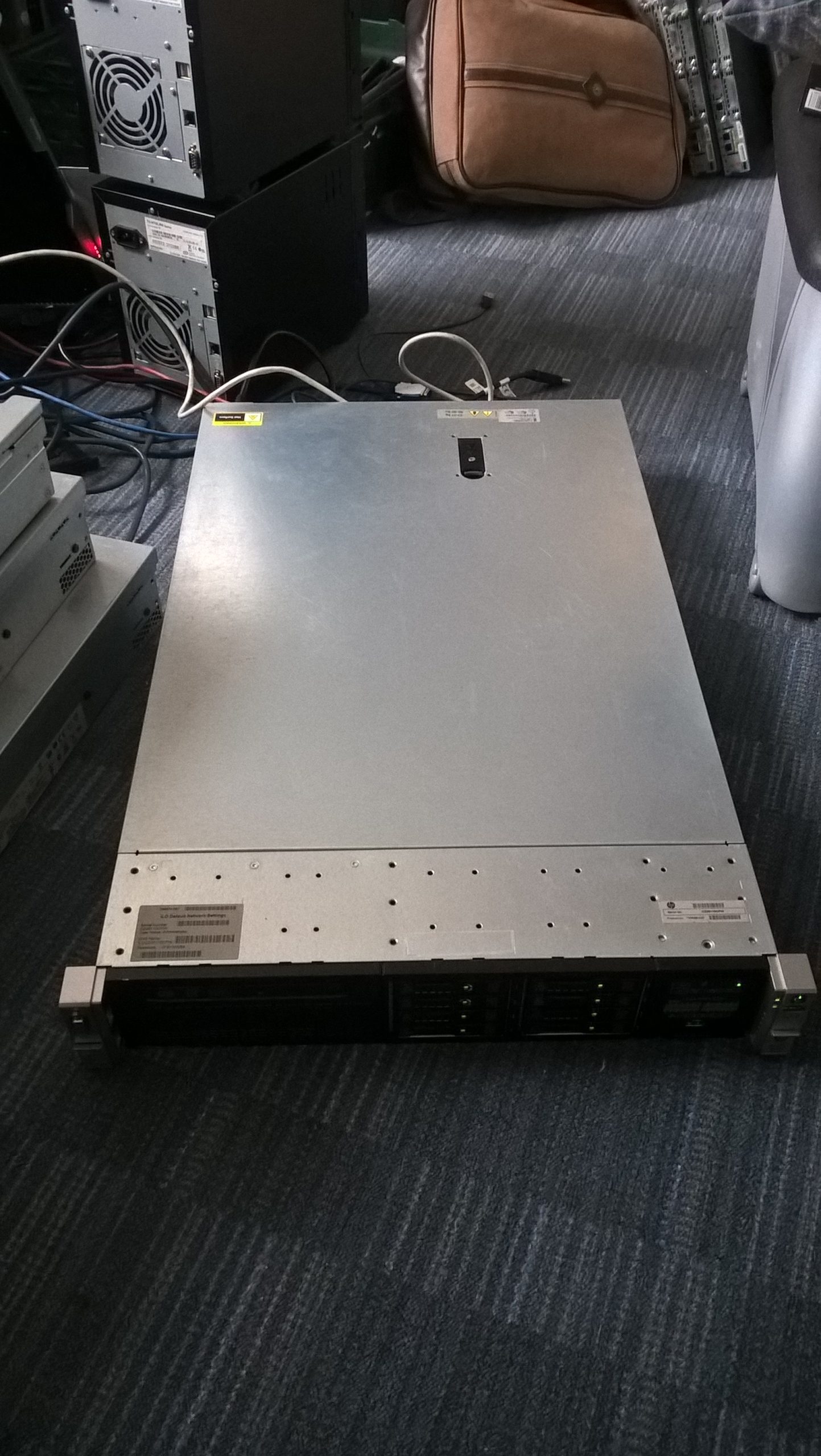Safeguarding Your Digital Life: What to Do When Your USB is Infected
Encountering a virus when connecting a USB drive to your computer can be a frightening experience. Recently, I faced a situation that raised significant concerns about the security of my data and devices. Here’s a breakdown of what happened and the steps you might consider if you find yourself in a similar predicament.
The Incident
I plugged my USB drive into my PC, but it took some time to access. While waiting, I continued working on other tasks when suddenly, Windows Defender alerted me to a severe threat linked to the drive. This jarring message prompted immediate concern for my files and my system’s integrity.
Previously, I had a similar encounter on a school computer, where my files mysteriously transformed into hidden “.lmk” formats. Initially, this made it appear as though my data had vanished, but a simple command in the Command Prompt (CMD) using “Attrib” allowed me to recover my files.
A New Concern
This time, however, felt different. I had borrowed my USB to share files with friends who needed to print materials. I generally trust them, but I can’t shake the thought that the school’s shared computers might not be as secure as they should be. It’s concerning to think that malicious software could have been installed without anyone’s knowledge, putting every connected USB drive at risk.
Taking Precautions
Given the urgency of the situation, I instinctively disconnected my USB Wi-Fi dongle to protect my internet connection and prevent any potential spread of the infection. This step seems prudent whenever you suspect your device might be compromised.
What You Can Do
If you find yourself in a similar situation, here are a few steps you can take:
-
Run Antivirus Scans: Immediately perform a full antivirus scan on your USB drive and your entire system. Software like Windows Defender can help identify and eliminate threats.
-
Check for Hidden Files: Use the Command Prompt to check if files on your USB drive have simply been hidden. Utilize the “Attrib” command to bring them back to view if needed.
-
Isolate the Infected Device: Disconnect any potentially infected devices from your network to prevent the spread of malware.
-
Backup Your Data Regularly: Keeping regular backups ensures you don’t lose important files if a system infection occurs.
-
Educate Yourself About Safe Practices: Understanding how to identify suspicious links, downloads, and the
Share this content:



